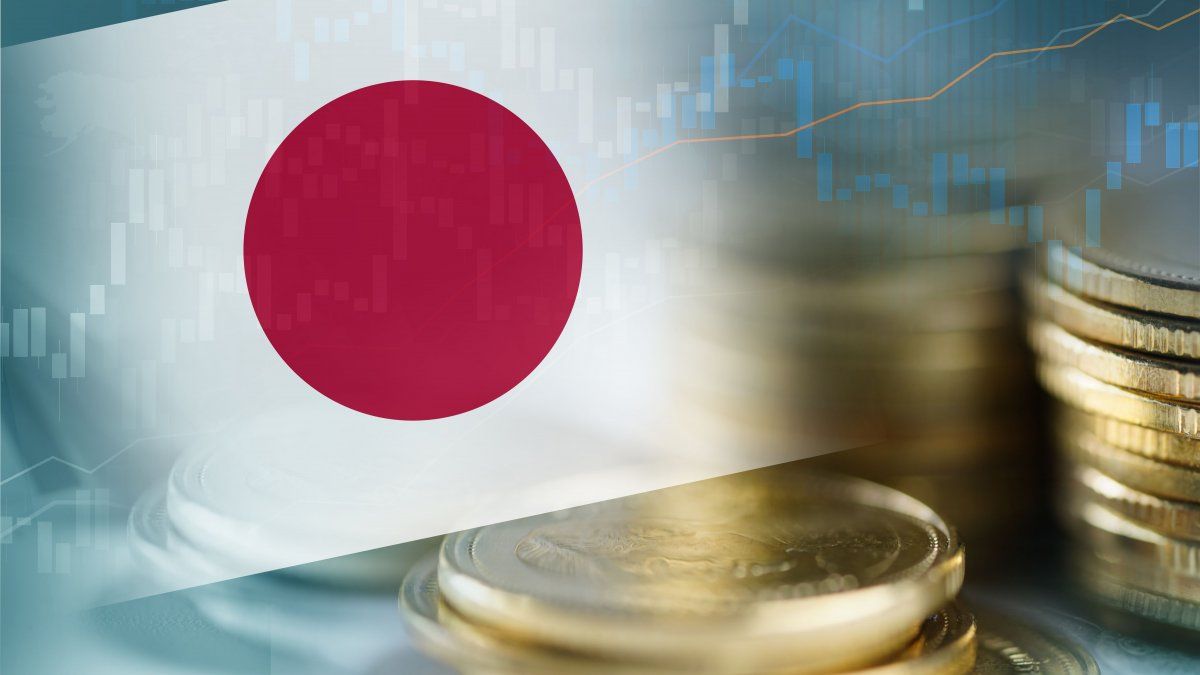According to data from the Ministry of Finance of Japan, confirmed the first intervention in the foreign exchange market since 2022, after The Japanese yen fell to its lowest level in 34 years last April.
According to the CNBC chain, according to an official statement, the Ministry of Finance reported that Japan spent 9.79 trillion yen, which would represent about 62.25 billion dollars, on exchange rate intervention between April 26 and 29. of May.
It cannot be ignored that the measure coincides with a strong rally in the Japanese currency in recent weeks, after the yen fell to its lowest level in 34 years, of 160.03 against the US dollar, on April 29. It is worth remembering that in that same round it later rebounded to levels of 156 yen per dollar, which fueled speculation of a possible intervention by the Japanese authorities, although at that time it was not confirmed.
All of this occurred after the US inflation data surprised upwards, which could push away the first cut in interest rates by the Federal Reserve (Fed).
At the beginning of the month, the Japanese Finance Minister, Shunichi Suzuki, supported the need for interventions if sharp currency movements began to affect households and businesses. At the time, he declined to comment when asked whether the ministry had intervened to support the yen.
Japan had last intervened to stabilize the currency in October 2022, when the yen fell to lows of around 152 per dollar. Authorities intervened three times that year to stabilize the currency, and were reported to have spent up to 9.2 trillion yen in total during that period.
Days ago, the price of the yen against the main currencies continued to weaken, particularly against the euro, whose crossing reached its lowest levels since 2008, despite the Bank of Japan (BoJ) announcing the first increase in interest rates in 17 years. . For the market, the fall of the yen responds to the expectation that this decision by the BoJ will not mean, for the moment, the beginning of a cycle of tightening the country’s monetary policy.
So far this year, the euro has appreciated around 6% against the yen and 18% in the last twelve months, while the dollar exchange rate has risen almost 8% since the end of last year and around 16% in twelve months.
For this reason, the BoJ decided to make a historic turn in its monetary policy by announcing the first increase in the price of money in 17 years, thus ending the era of negative rates that the institution entered in 2016, thus becoming the last central bank in the world to close this monetary chapter.
Thus, the BoJ Policy Council announced an increase in the short-term reference rate to a range of 0% to 0.1%, which represents the first increase in the country’s interest rates since 2007.
Likewise, as part of the exit strategy, the entity also decided to end control over the yield curve of Japan’s ten-year sovereign bonds, another measure implemented since 2016 within the framework of its quantitative and qualitative easing policy ( QQE), which according to the entity has fulfilled its function.
However, despite the historic agreed rate hike, the BoJ stressed that given the current outlook for economic activity and prices, it anticipates that accommodative financial conditions will remain for the time being.
In this regard, Marcel Thieliant of Capital Economics considered that the Bank of Japan will probably not raise the interest rate further in the coming months while his colleague at Oxford Economics, Shigeto Nagai, opined that the BoJ will maintain an effective zero interest rate policy. at least for one more year.
The OE economist explains that after being in a low rate environment for many years, the Japanese economy is extremely vulnerable to a rise in long-term yields so a rise in rates would worsen the fiscal situation, and the system Banking could be shaken by a significant loss in bond portfolios.
For the market, although the BoJ has already crossed the Rubicon in its monetary approach, as the movements had been widely communicated beforehand, they were already almost completely discounted.
Source: Ambito
I am a 24-year-old writer and journalist who has been working in the news industry for the past two years. I write primarily about market news, so if you’re looking for insights into what’s going on in the stock market or economic indicators, you’ve come to the right place. I also dabble in writing articles on lifestyle trends and pop culture news.




